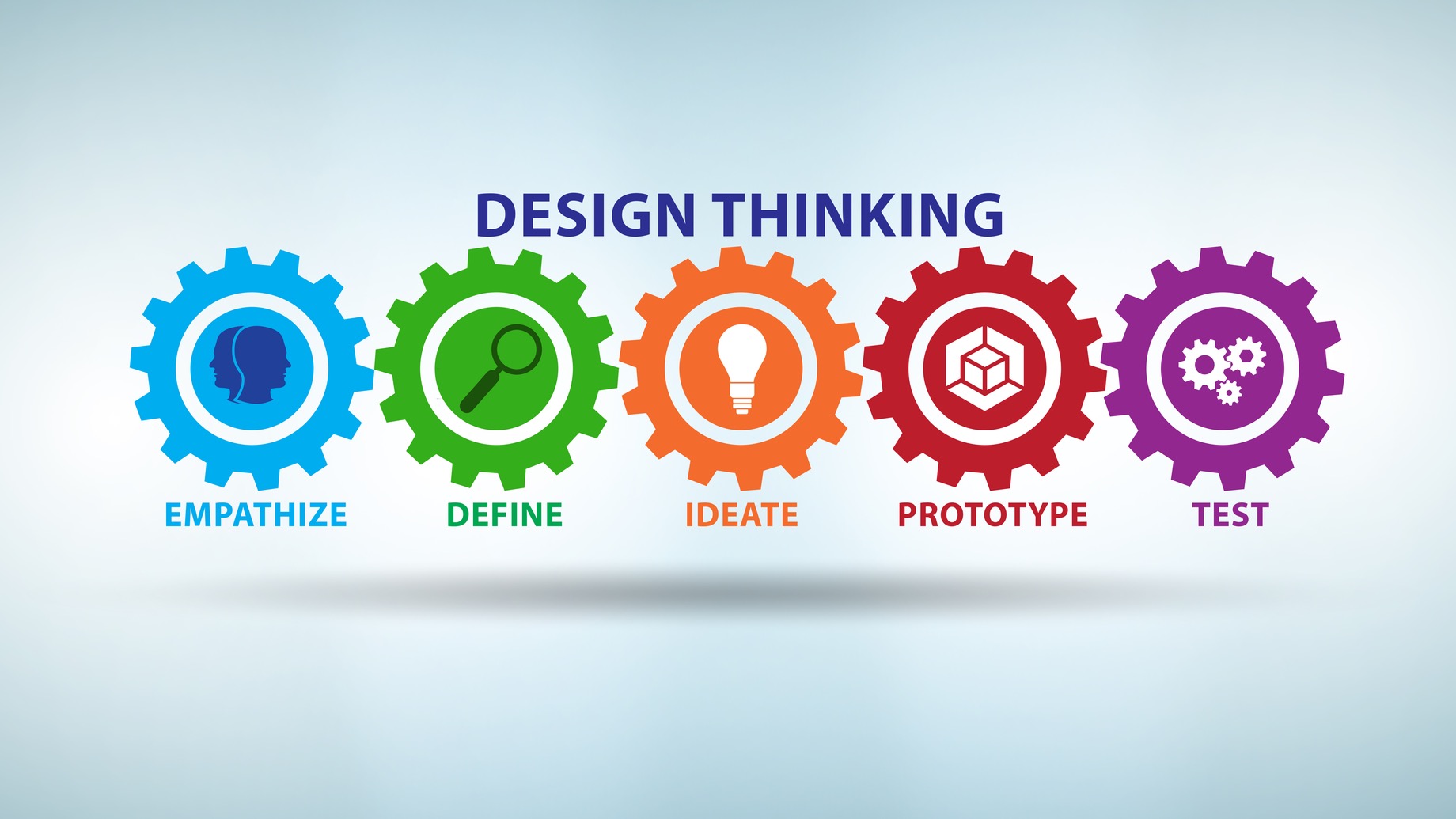Table Of Content

It’s moving from a nascent practice to an established one, and with that comes interest and critique. As a leading and committed practitioner of design thinking, IDEO has a stake in this conversation—and a responsibility to contextualize its value in the present moment and, importantly, in the future. So we’ve looked in quite some detail at the theory behind Design Thinking and the processes involved — but what does this look like in action?
What is Ideation – and How to Prepare for Ideation Sessions

With design thinking, throwing out what you think you know and starting from scratch opens up all kinds of possibilities. In addition, jobs that require design thinking statistically have higher salaries. Marketing manager job postings that require design thinking skills, however, have a median annual salary of $133,900—a 24 percent increase. Various tools and frameworks are available—and often needed—to make concrete observations about users and facts gathered through research. Regardless of which tools are implemented, the key is to observe without assumptions or biased expectations. There are many models of design thinking that range from three to seven steps.
How to apply design thinking
Despite these similarities, there are certain distinctions that can be made between the two. As we have seen from the Rotterdam Eye Hospital and MLP case studies, Design Thinking is embraced and implemented by all different teams across the business, including C-level executives. In the prototyping stage, the team presented the most promising ideas they had come up with so far to those in charge of caregiving at the hospital. These teams of caregivers then used these insights to design informal, small-scale experiments that could test a potential solution and see if it was worthy of wide-scale adoption.
Prototype and test concepts with users.
The team may iterate on the solution to make it more feasible or plan to increase its resources (say, hire more people or acquire specialized machinery). Once you give a prototyped solution to consumers, you must observe how they interact with it. This testing stage is the one in which you collect feedback on your work. In this second stage, you gather your observations from the first stage to define the problem you’re trying to solve.
Stage 1: Empathize—Research Users' Needs
Design Thinking Is A Failed Experiment. So What's Next? - Fast Company
Design Thinking Is A Failed Experiment. So What's Next?.
Posted: Tue, 05 Apr 2011 07:00:00 GMT [source]
Plus, it has tons of ready-to-use templates (like the ones we listed above) to help you get started. In think aloud testing, users test out a product or prototype and talk through the relevant tasks as they complete them. You can use this template to record the feedback, insights, and experiences of your testers, and identify the success and failure points in your proposed solution.
Design thinking is a strategy that helps brainstorm solutions outside of that bubble and pushes people to ideate in places that they might not traditionally find. Being able to apply a fresh mind to a new set of problems is much more likely to find new and innovative solutions, which is one reason that design thinking is heavily used in team brainstorming. These are some of the reasons to emphasize design thinking, and here are a couple of distinct advantages. Begin by infusing primary and secondary research to create profound empathy with your customers.
common challenges and pitfalls in design thinking
Think about the difficulties your consumers are brushing up against, what they repeatedly struggle with, and what you’ve gleaned from how they’re affected by the issue. Once you synthesize your findings, you are able to define the problem they face. There are many applications to using design-based thinking that apply outside of typical artistic fields.
Forget Design Thinking and Try Hybrid Thinking - Fast Company
Forget Design Thinking and Try Hybrid Thinking.
Posted: Tue, 25 Aug 2009 07:00:00 GMT [source]
For IDEO founder David Kelley, creative confidence is the belief that everyone is creative, and that creativity isn’t the ability to draw or compose or sculpt, but a way of understanding the world. Design thinking can be applied to almost any project to tackle a problem. To start, here’s a few ways to implement design thinking in product development or beyond. Product models are tested with users to see where the product is addressing problems and where it still might need improvement. Once a working prototype meets an agreed-upon standard, it is released into the wild.
David J. Bland planned a book using the design thinking methodology
There’s more to succeeding in business than developing a great product or service that generates a financial return. Design thinking means putting customers, employees, and the planet at the center of problem solving. Repeating this loop of prototyping, testing, and gathering user feedback is crucial for making sure the design is right — that is, it works for customers, you can build it, and you can support it. Creative brainstorming is necessary for developing possible solutions, but many people don’t do it particularly well. And throughout the process it is critical to engage in modeling, analysis, prototyping, and testing, and to really learn from these many iterations.
Design thinking means fundamentally changing how you develop your products, services, and, indeed, your organization itself. IDEO design consultancy is formed by combining three industrial design companies. They are one of the first design companies to showcase their design process, based on design methods and design thinking. To achieve divergent thinking, it may be important to have a diverse group of people involved in the process. Design teams typically begin with a structured brainstorming process of "thinking outside the box".
These are reflected in the design thinking methodology, which we’ll explore in detail a little later on. We’ve outlined five of design thinking’s most important principles below. If you’re a designer, an entrepreneur, or any kind of employee, you are no stranger to the constant pressure to innovate. Our capacity for innovation—the ability to conceive ideas which are at once actionable and effective—is what gives us the upper hand in competitive industries. IDEO is a leading design consultancy and has developed its own version of the design thinking framework. With the foundation ready, teams gear up to “think outside the box.” They brainstorm alternative ways to view the problem and identify innovative solutions to the problem statement.
In this phase, don’t forget to share results with stakeholders and reflect on the innovation management strategies implemented during the design thinking process. Learning from experience is an innovation process and design thinking project all its own. Design thinking is different from other innovation and ideation processes in that it’s solution-based and user-centric rather than problem-based. This means it focuses on the solution to a problem instead of the problem itself. These examples illustrate how Design Thinking can be applied across a wide range of industries and contexts to create innovative products, services, and solutions that address user needs, and drive business success. Insurance firm MassMutual used a design thinking approach to tackle the challenge of getting young adults to purchase life insurance.

No comments:
Post a Comment